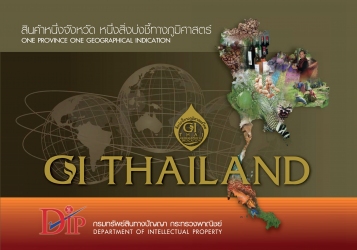
Author : กรมทรัพย์สินทางปัญญา
Publishing Date : Jan 12, 2018
รวมกฎหมาย พระราชบัญญัติทรัพย์สินทางปัญญาที่แก้ไขปรับปรุง (เลือกอ่านแบบหน้าเดี่ยว ตัวหน้าสือจะขยาย อ่านได้สะดวก)
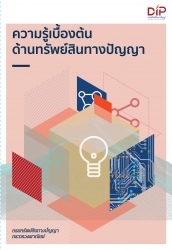
Author : กรมทรัพย์สินทางปัญญา
Publishing Date : Jan 15, 2018
ความรู้เบื้องต้นเกี่ยวกับทรัพย์สินทางปัญญาของไทย
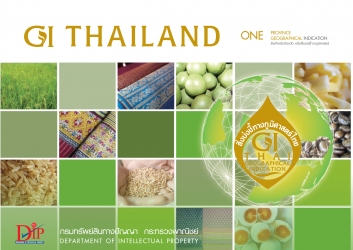
Author : กรมทรัพย์สินทางปัญญา
Publishing Date : Jan 15, 2018
สินค้าหนึ่งจังหวัด หนึ่งสิ่งบ่งชี้ทางภูมิศาสตร์
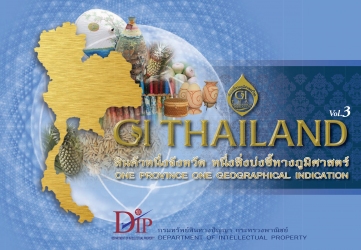
Author : กรมทรัพย์สินทางปัญญา
Publishing Date : Jan 15, 2018
สินค้าหนึ่งจังหวัด หนึ่งสิ่งบ่งชี้ทางภูมิศาสตร์
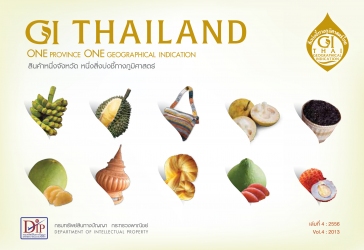
Author : กรมทรัพย์สินทางปัญญา
Publishing Date : Jan 15, 2018
สินค้าหนึ่งจังหวัด หนึ่งสิ่งบ่งชี้ทางภูมิศาสตร์
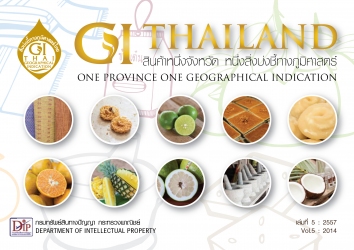
Author : กรมทรัพย์สินทางปัญญา
Publishing Date : Jan 15, 2018
สินค้าหนึ่งจังหวัด หนึ่งสิ่งบ่งชี้ทางภูมิศาสตร์
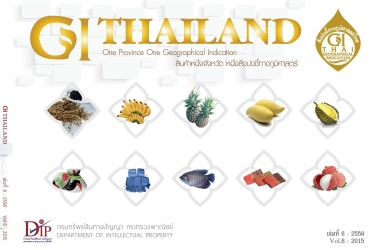
Author : กรมทรัพย์สินทางปัญญา
Publishing Date : Jan 15, 2018
สินค้าหนึ่งจังหวัด หนึ่งสิ่งบ่งชี้ทางภูมิศาสตร์

Author : กรมทรัพย์สินทางปัญญา
Publishing Date : Jan 15, 2018
รวมสินค้าหนึ่งจังหวัด หนึ่งสิ่งบ่งชี้ทางภูมิศาสตร์

Author : The ASEAN Secretariat
Publishing Date : Mar 12, 2020
This Handbook is designed for business people of ASEAN Member States, Australia and New
Zealand.
In aid of understanding, some examples have been provided, but these are mere illustrations and do
not provide judgment and do not constitute commercial or legal advice. Views or conclusions may
have also been expressed but these should NOT be taken as legal or commercial advice. Any part of
the content of this publication (including images, graphics, trademarks or logos) is only intended for
informational and educational and educational purpose only.
The author and the ASEAN Secretariat have taken due diligence in the preparation of this
publication. However, they shall not be held liable for any omissions or inaccuracies in the content of
this publication. Neither the authors, the ASEAN Secretariat, Australian and New Zealand
Governments accept any liability for any claims, loss or expenses that may arise or arising from use

Author : Alessandro Bonanno, Kae Sekine, Hart N. Feuer
Publishing Date : Jun 25, 2019
This book addresses the relevance of geographical indication (GI) as a tool for local and socio-economic development and democratization of agri-food, with case studies from Asia, Europe and the Americas.
A geographical indication is a sign used on products that have a specific geographical origin and possess qualities or a reputation that are due to that origin. It provides not only a way for businesses to leverage the value of their geographically unique products, but also to inform and attract consumers. A highly contested topic, GI is praised as a tool for the revitalization of agricultural communities, while also criticized for being an instrument exploited by global corporate forces to promote their interests. There are concerns that the promotion of GI may hamper the establishment of democratic forms of development. The contributing authors address this topic by offering theoretically informed investigations of GI from around the world. The book includes case studies ranging from green tea in Japan, olive oil in Turkey and dried fish in Norway, to French wine and Mexican Mezcal. It also places GI in the broader context of the evolution and trends of agri-food under neoliberal globalization.
The book will be of interest to researchers, policy makers and students in agri-food studies, sociology of food and agriculture, geography, agricultural and rural economics, environmental and intellectual property law, and social development.
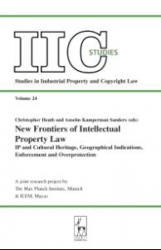
Author : Christopher Heath and Anselm Kamperman Sanders (eds)
Publishing Date : Nov 14, 2014
This book, arising from the collaboration between the IEEM in Macao and the Max Planck Institute in Munich, provides up-to-date information on developments in global intellectual property law and policy and their impact on regional economic and cultural development. The first two parts of the book give broad coverage to the protection of relative newcomers to the field of international intellectual property: cultural heritage and geographical indications. The third part deals with issues of enforcement which have become a major point of interest since the substantive intellectual property rules were put in place. Particular emphasis is given to enforcement systems in Asia, and to the subject matter of criminal enforcement that in many parts of the world is considered an important tool of effective protection. The final part of the book deals with the issue of multiple protection and overprotection, now a growing issue in IP law.
123NextLast

